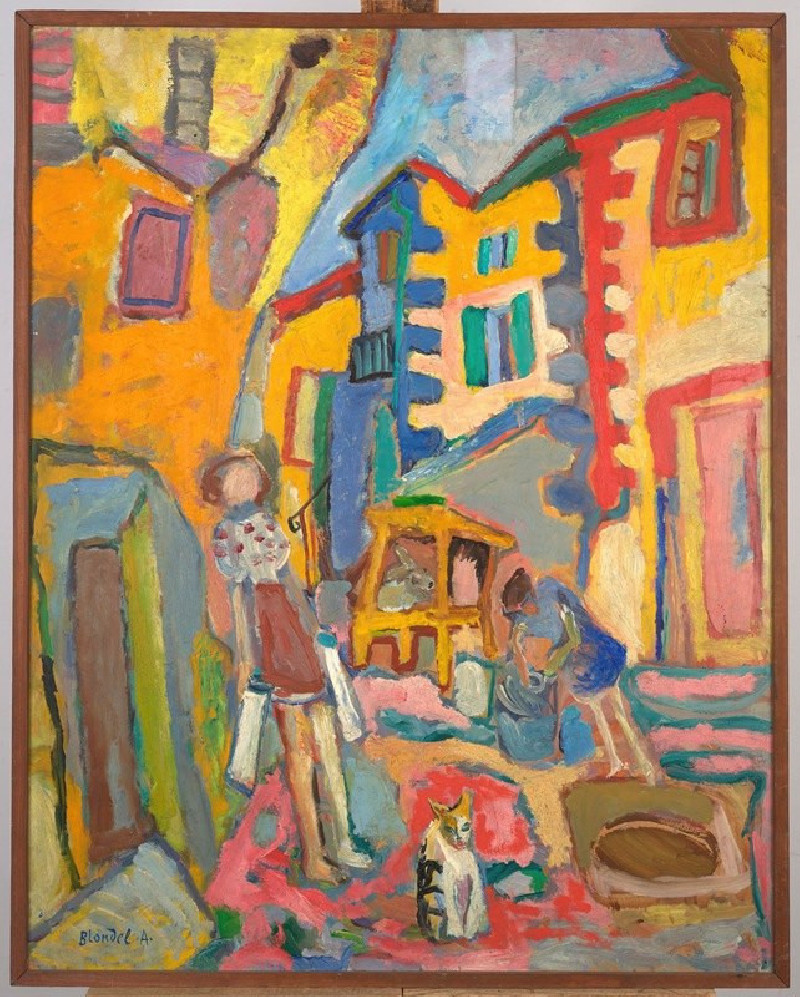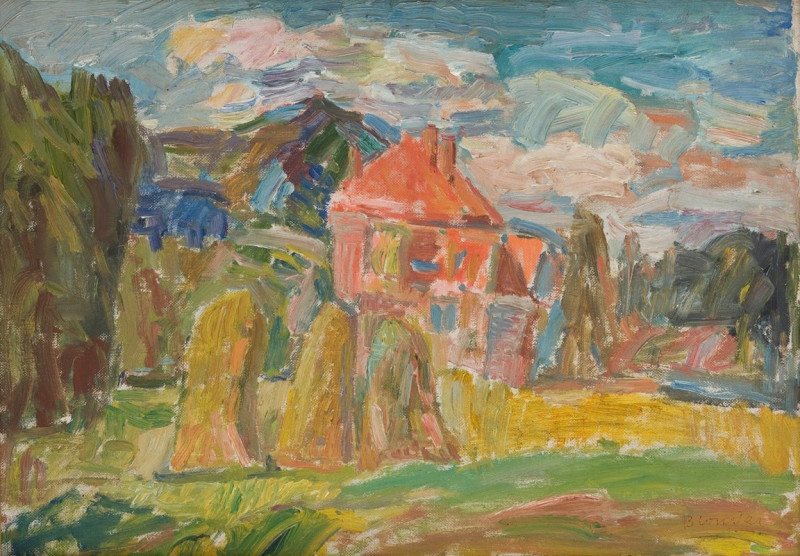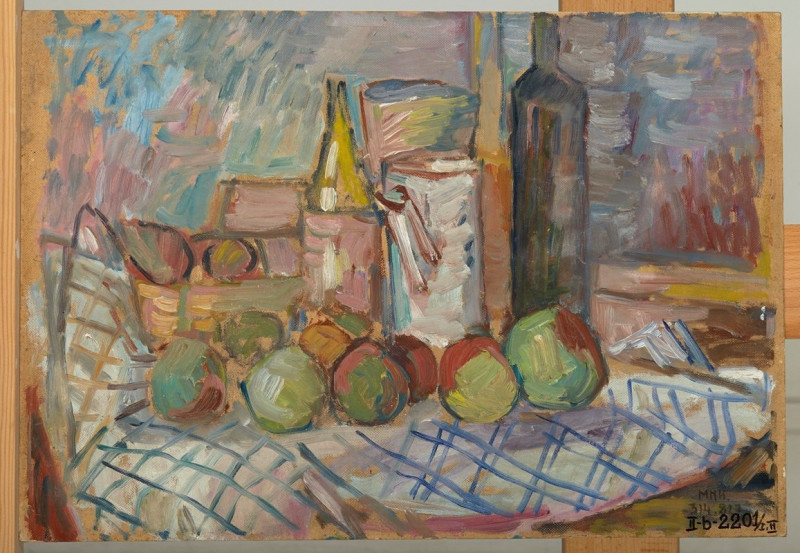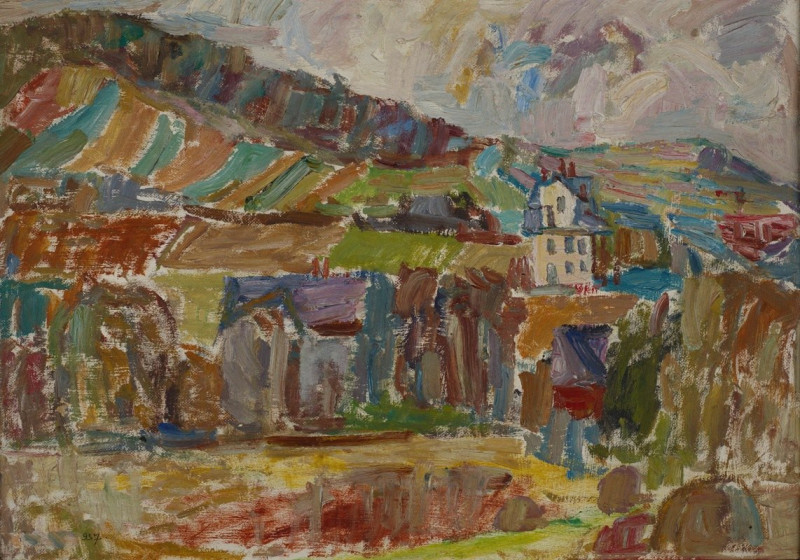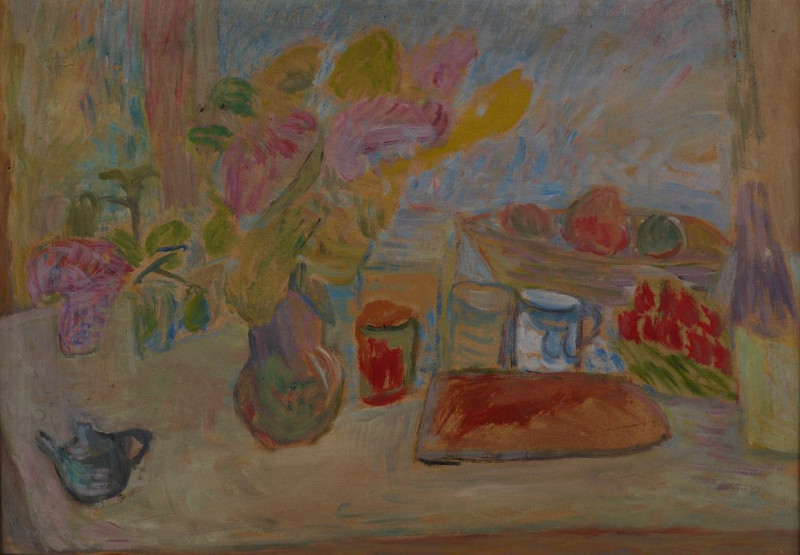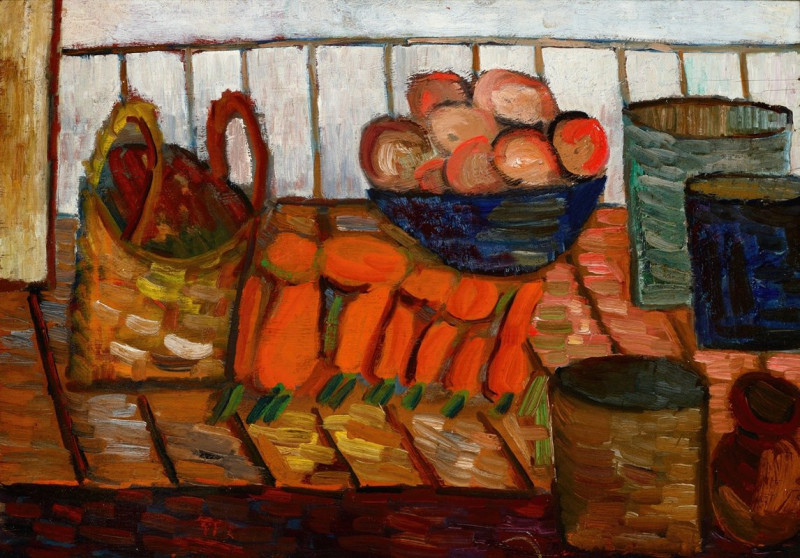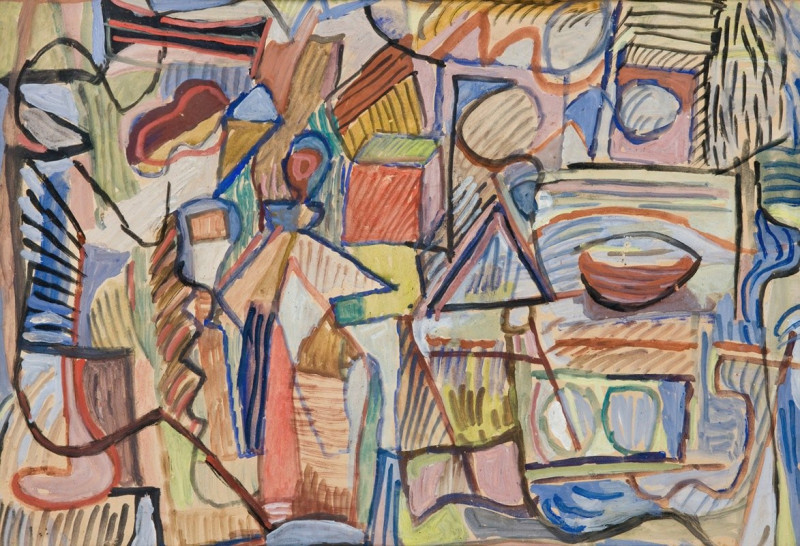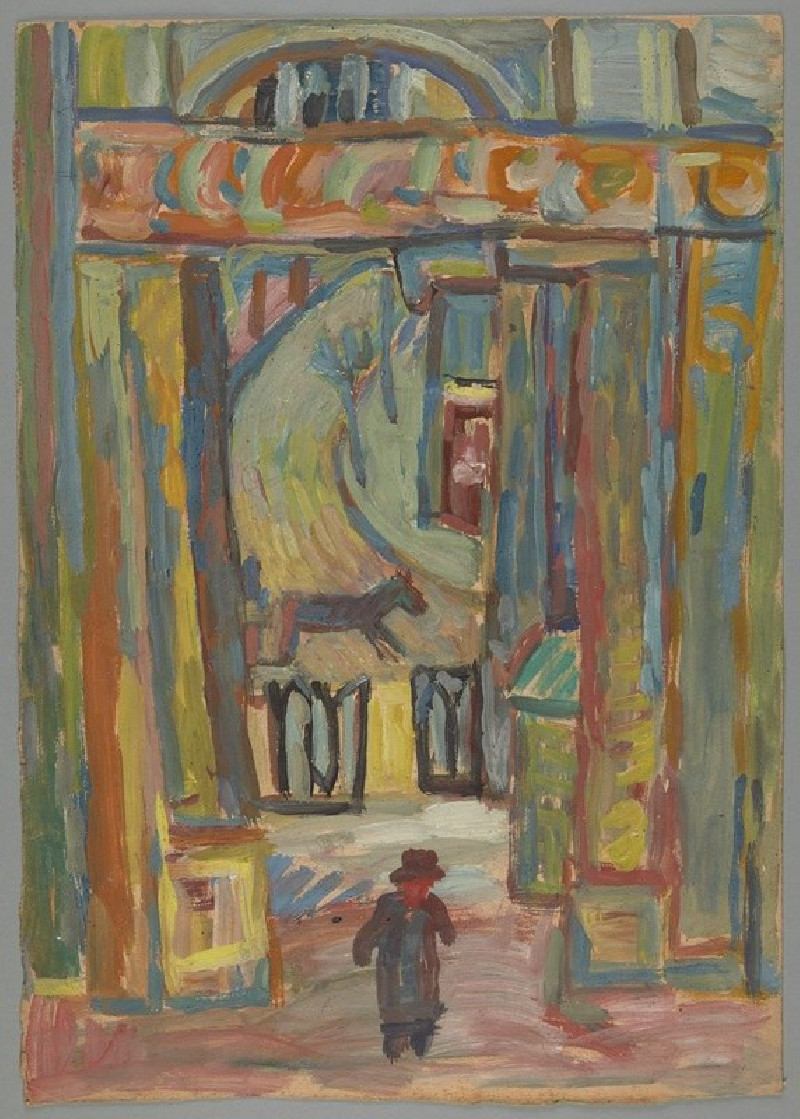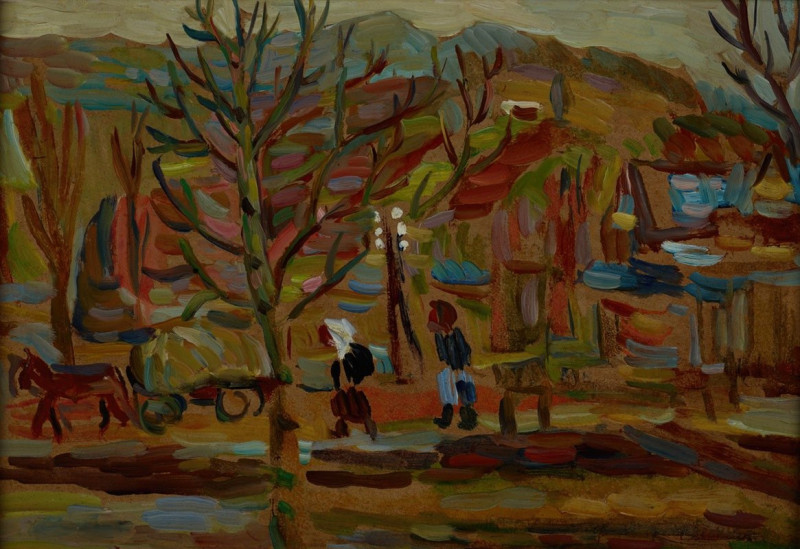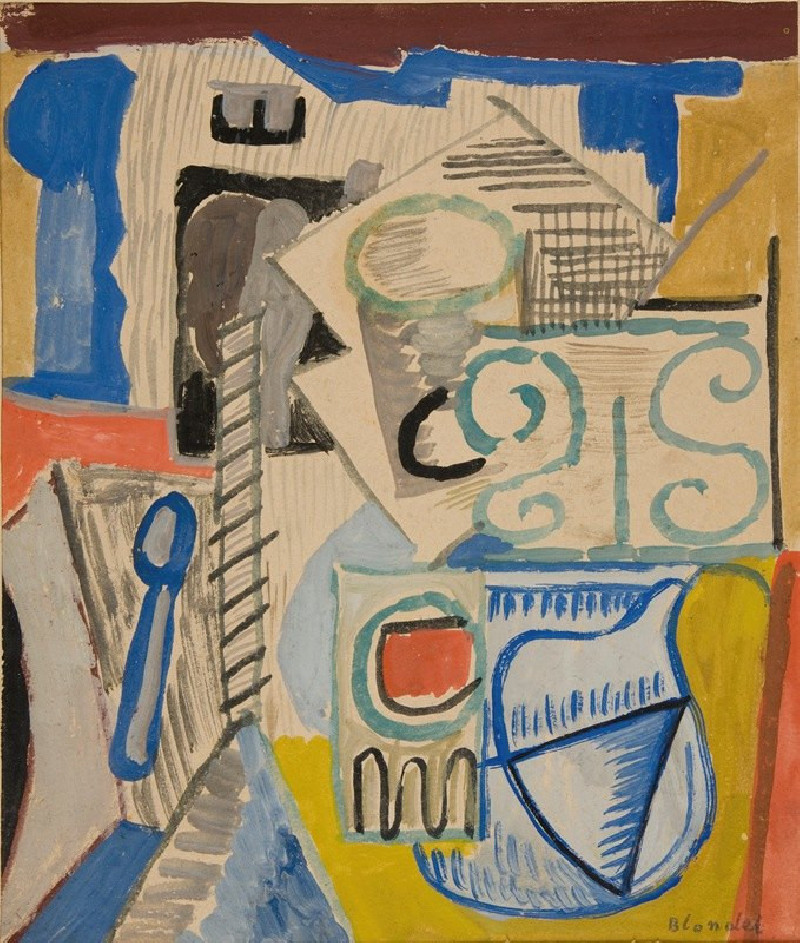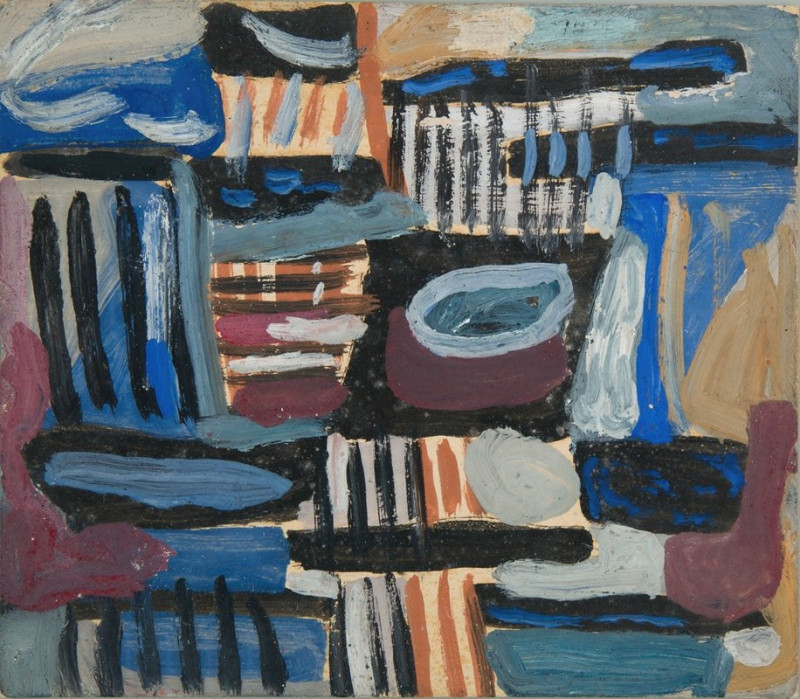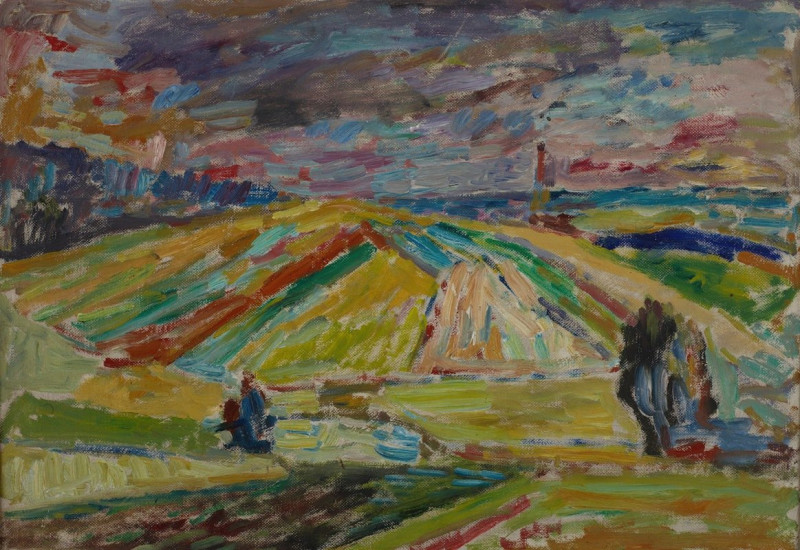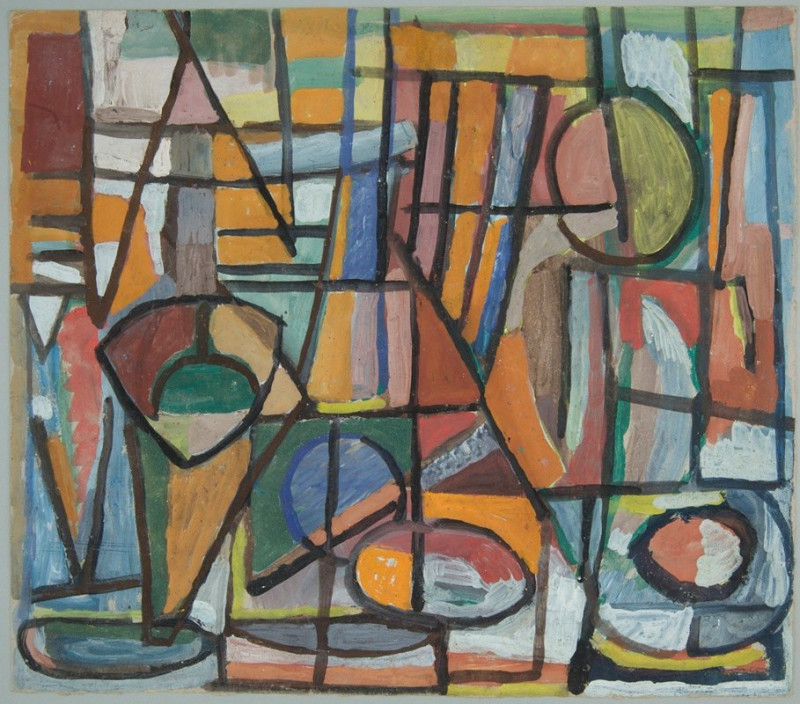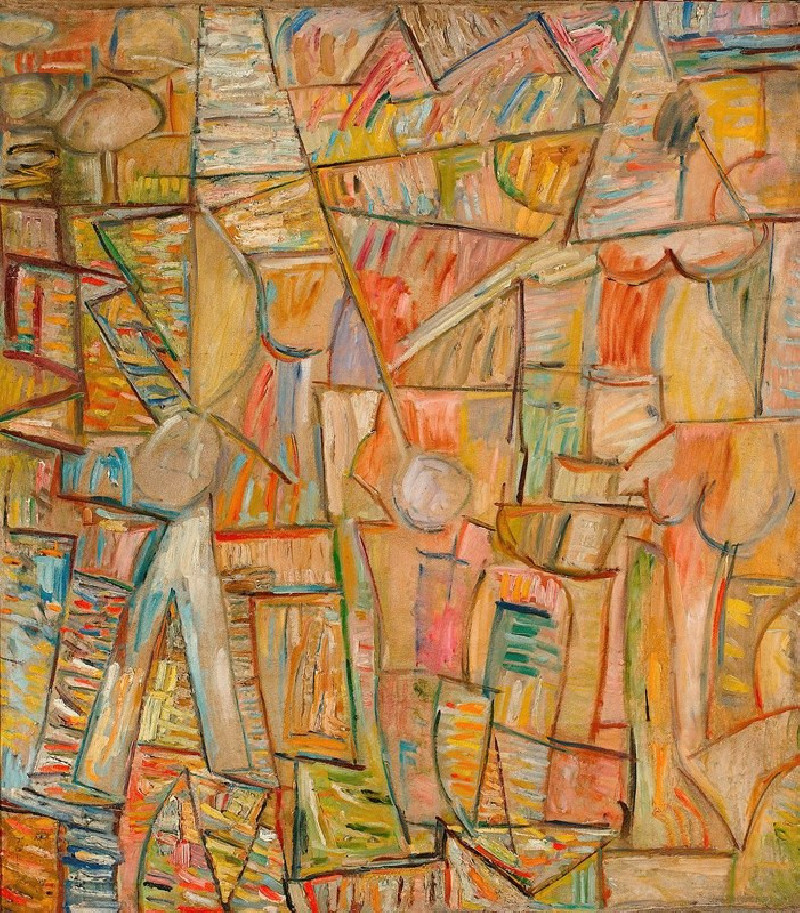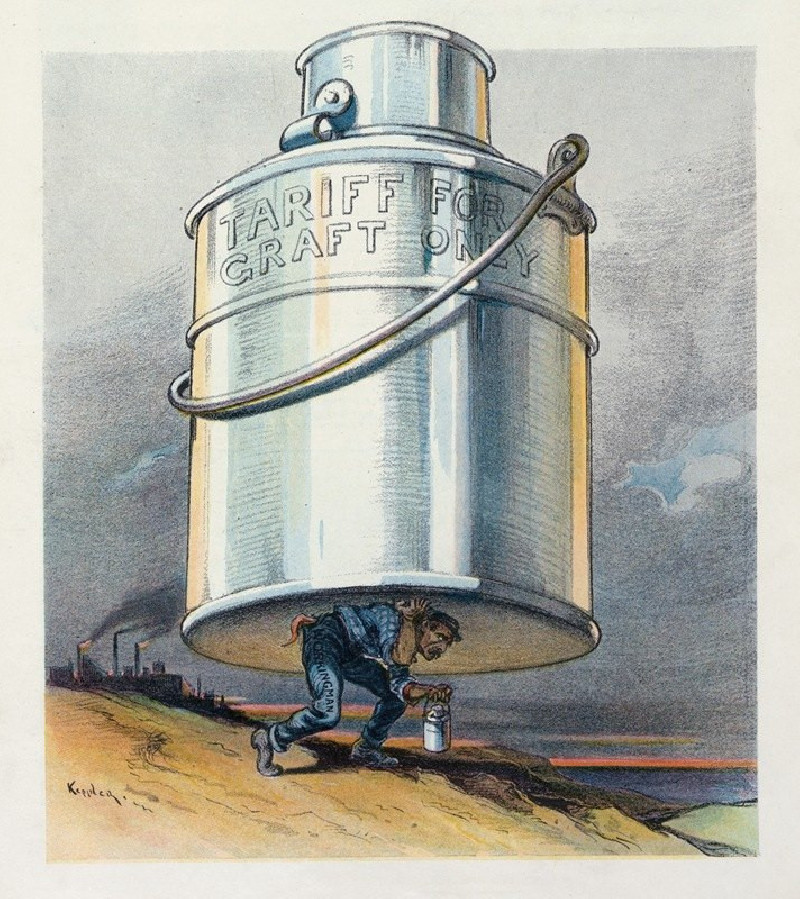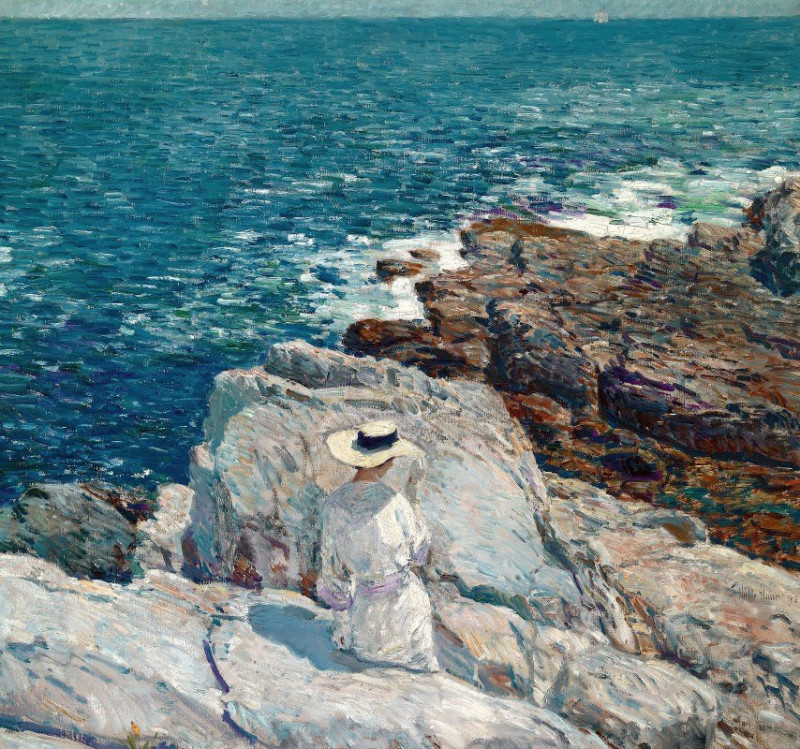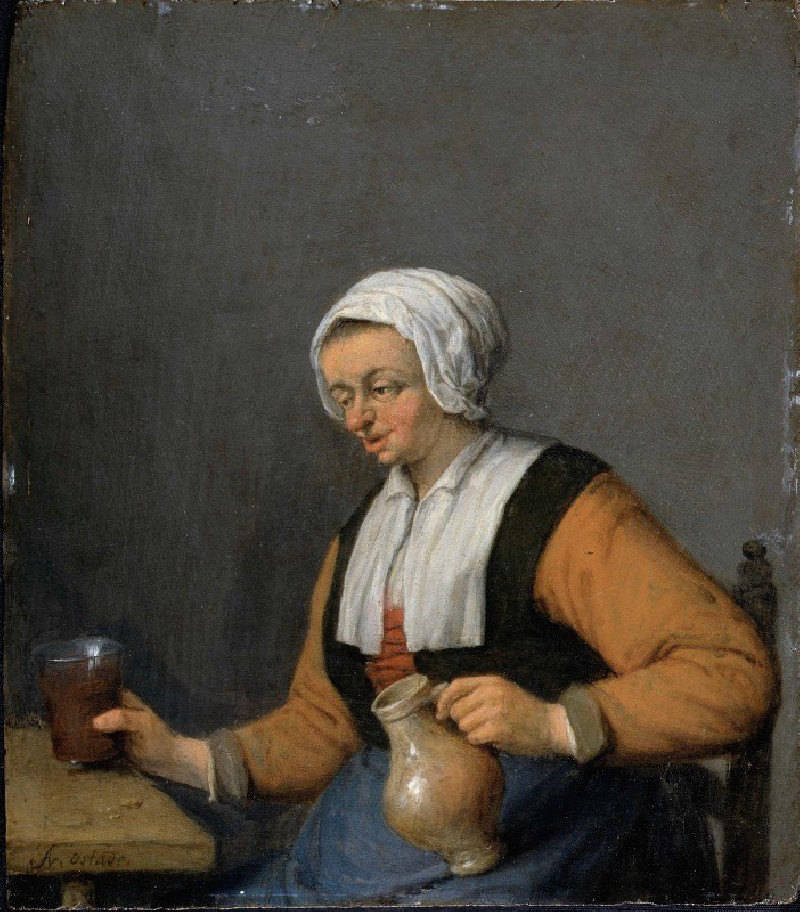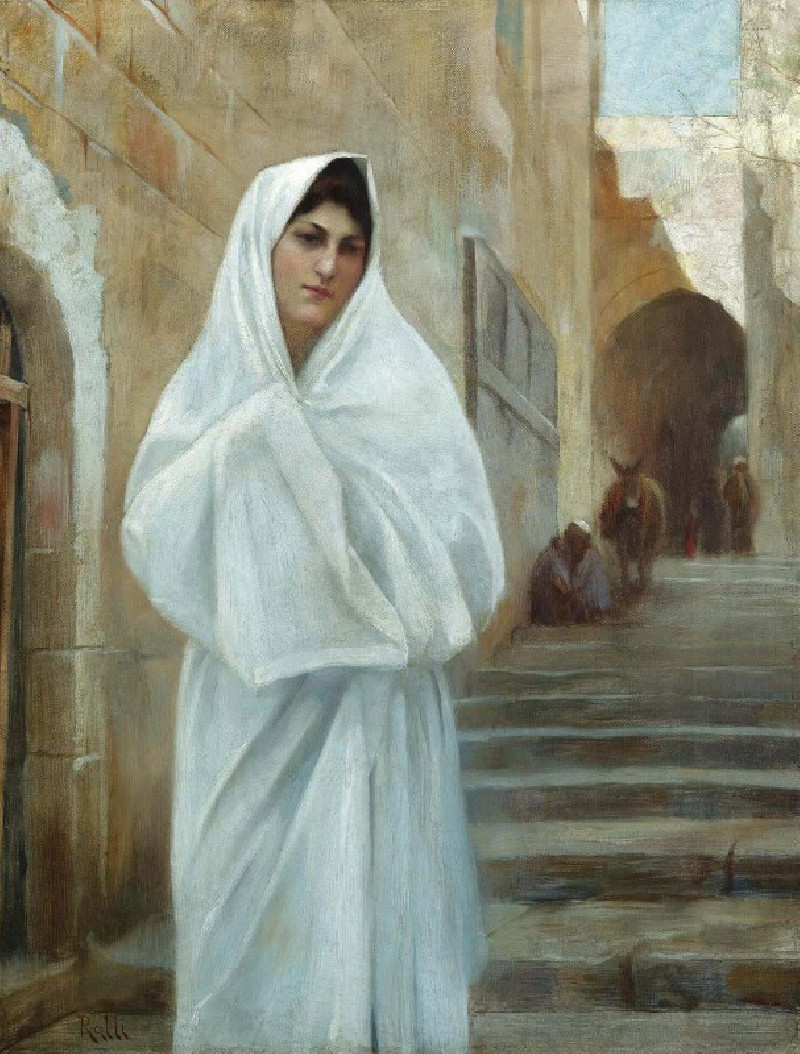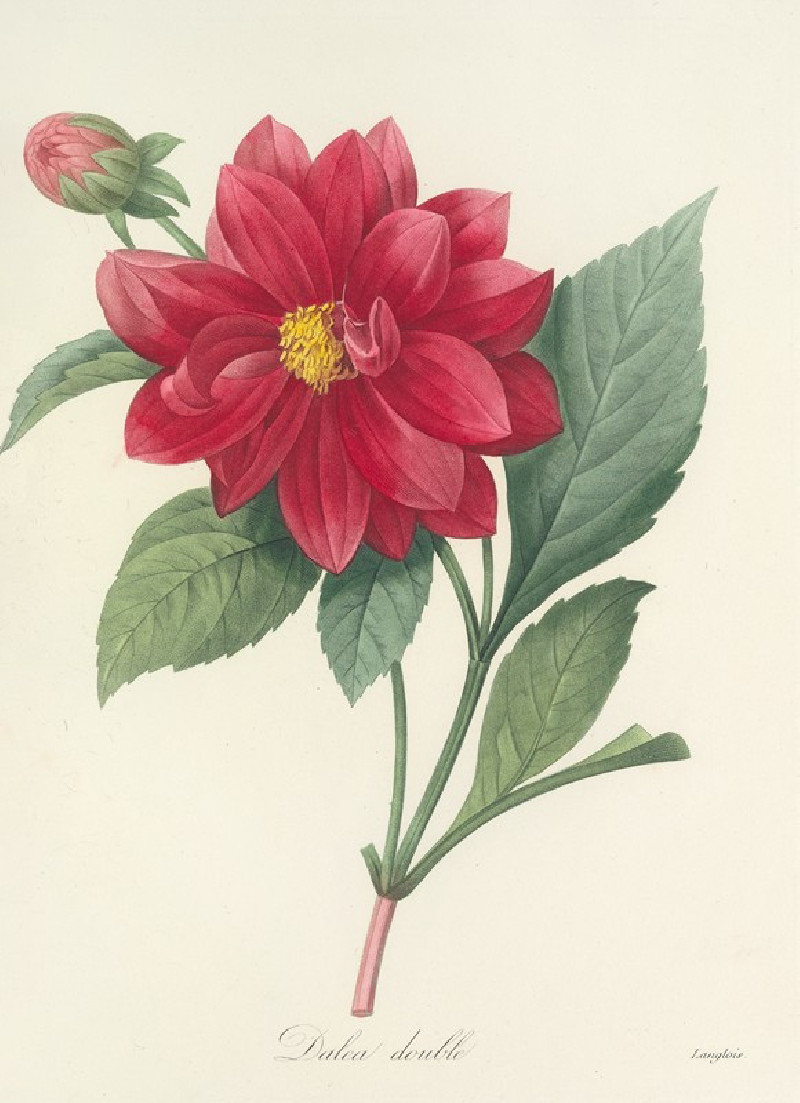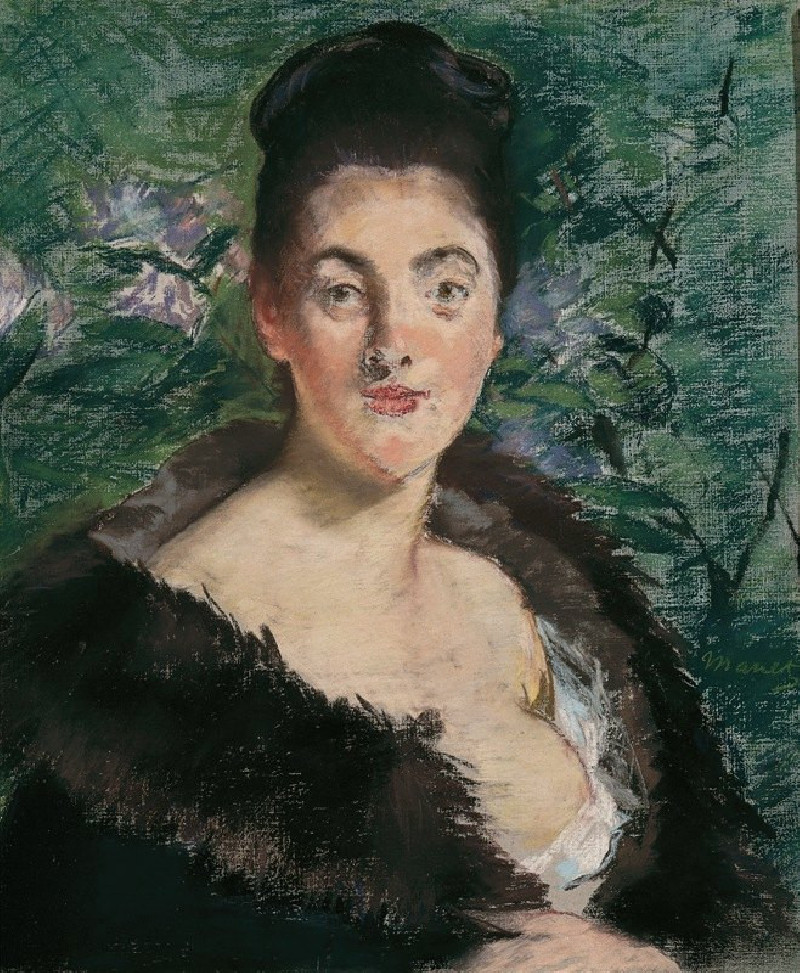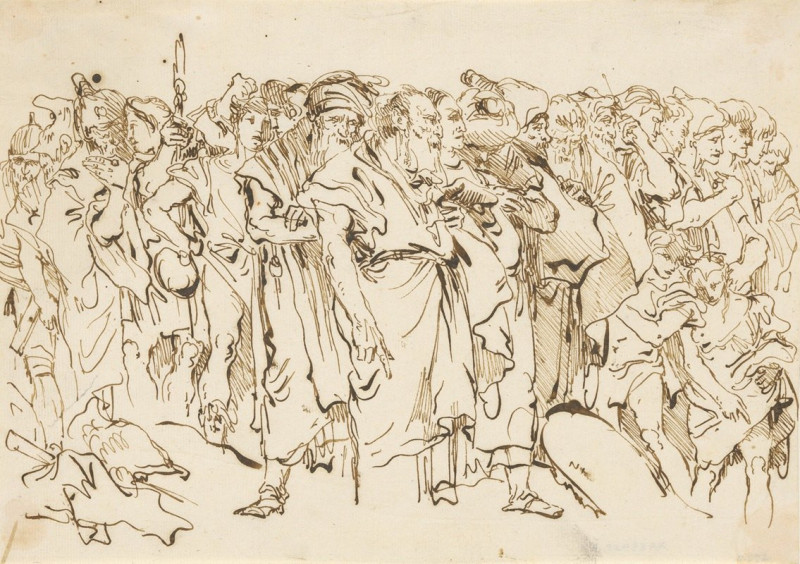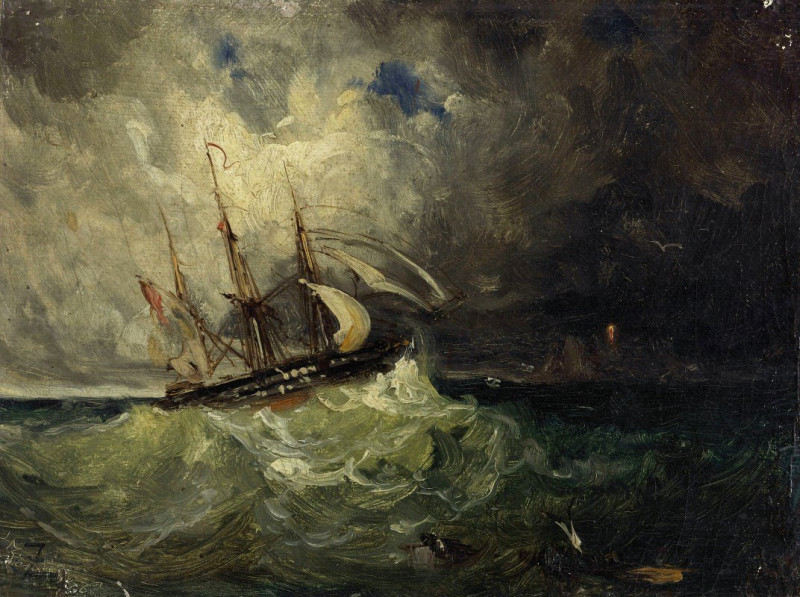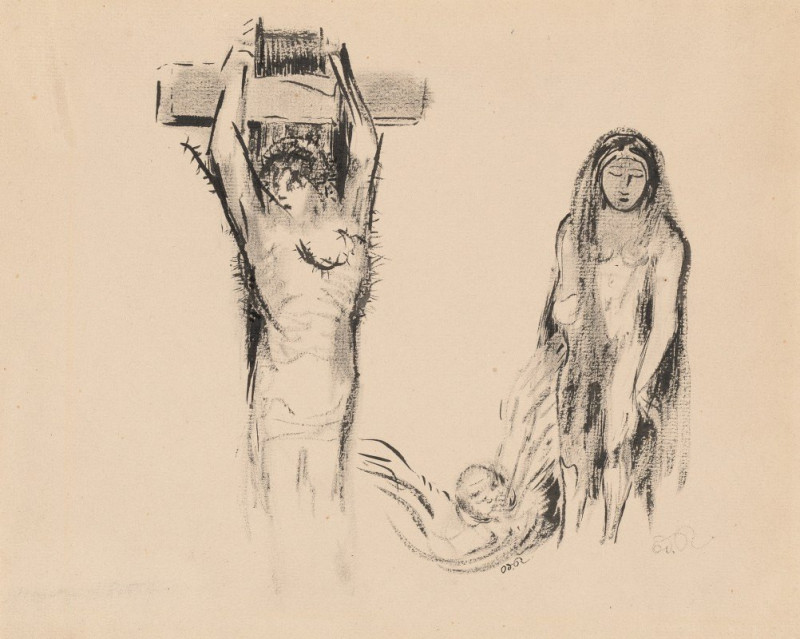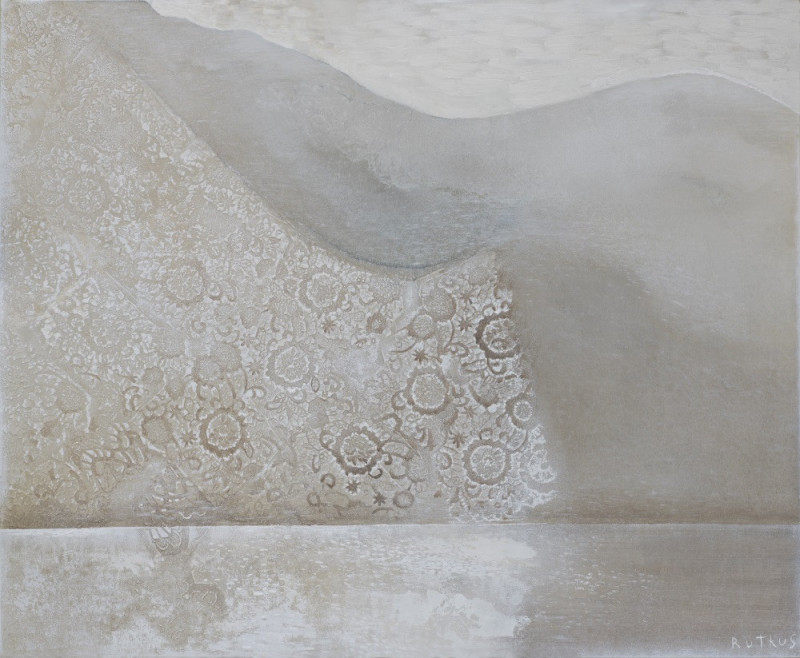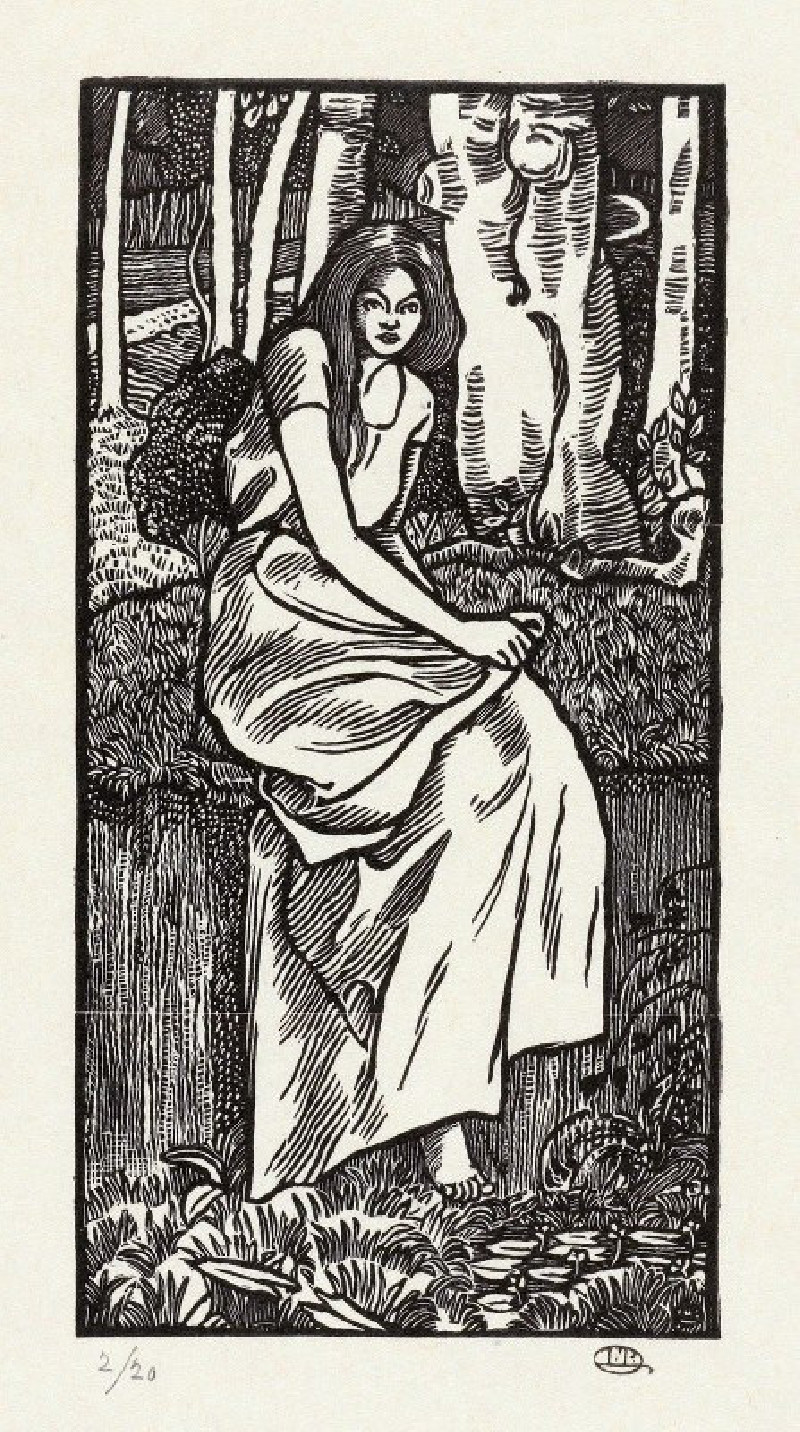Village Back-Street (1948)
Technique: Giclée quality print
Recommended by our customers
More about this artwork
Sasza Blonder's 1948 masterpiece, "Village Back-Street," offers a vivid exploration of daily life within the confines of a vibrant, rural setting. The painting captures the essence of a quaint village scene, bathed in bold, expressive colors that contribute to a dynamic, almost whimsical atmosphere.At the painting's heart is a depiction of a narrow alley flanked by brightly-colored houses, each boasting its own unique architectural character. The use of intense yellows, reds, and blues not only enhances the visual impact of the composition but also emphasizes the lively, bustling nature of village life.Adding life to the composition are figures engaged in ordinary yet captivating activities. A woman in a polka-dotted blouse appears engaged in a casual conversation, holding what seems to be a bottle, possibly sharing the latest gossip or news. Nearby, a child interacts gently with a cat, adding a touch of innocence and domesticity. Another figure, likely a villager, is seen bent over, engrossed in her task amid everyday objects scattered around, which may suggest her involvement in some routine chore.Grounding the scene is a cat seated in the foreground, its gaze possibly drawing the viewer's attention to the domestic life and serene environment of the village. The presence of animals not only complements the human element but also enriches the narrative of rural community life captured by Blonder."Village Back-Street" is a testament to Blonder’s skill in using color and form to convey a sense of place and moment, inviting viewers to step into a colorful tableau that celebrates the simple yet rich tapestry of village life.
Delivery
Returns
Aleksander (Sasza) Blonder was a Polish painter of Jewish origin .
He went to Paris for the first time in 1926. He studied architecture in 1930–1932 at the École nationale supérieure des beaux-arts in Paris and studied painting at the Academy of Fine Arts in Kraków from 1932 to 1936 with Teodor Axentowicz , Władysław Jarocki and Fryderyk Pautsch.

